T4K3.news
U.S. Coast Guard identifies preventable failures in Titan submersible disaster
A report reveals the Titan disaster resulted from systemic safety failures and oversight avoidance.

A U.S. Coast Guard report outlines preventable failures leading to the Titan submersible tragedy.
Titan submersible disaster revealed preventable failures according to Coast Guard
The U.S. Coast Guard has unveiled a report indicating the Titan submersible disaster was caused by avoidable safety failures and deliberate attempts to bypass regulatory oversight. The Titan imploded during a dive to the Titanic wreck, resulting in the deaths of all five people onboard, including Stockton Rush, CEO of OceanGate. The investigation highlighted significant shortcomings in OceanGate's safety protocols, revealing a toxic work culture that discouraged safety concerns. Furthermore, financial pressures led OceanGate to inadequately maintain the Titan, putting lives at risk. The report could lead to stricter regulations in the private deep-sea tourism industry, especially with many lawsuits already filed against the company.
Key Takeaways
"The findings will help prevent future tragedies."
Jason Neubauer emphasizes the need for improved safety protocols after the report's release.
"OceanGate created and exploited regulatory confusion to operate outside of established protocols."
The report highlights OceanGate's deliberate avoidance of regulations as a key factor in the disaster.
"The report indicates glaring disparities between safety protocols and actual practices."
This statement reflects systemic issues within OceanGate's management and operational procedures.
"OceanGate's culture ignored red flags and downplayed key safety issues."
This statement underscores the negligence that led to the Titan disaster according to the investigation.
This tragic incident underscores the urgent need for enhanced regulations within the emerging private deep-sea tourism sector. The Coast Guard's findings not only point to operational negligence but also reveal systemic flaws in how companies like OceanGate manage safety. As public interest in deep-sea exploration increases, so does the responsibility to ensure such ventures are conducted safely. Those involved in this industry must learn from these mistakes to avoid further tragedies and to ensure that adventures into the abyss do not come at the cost of human lives. The legacy of the Titan disaster will likely shape the regulatory landscape for years to come.
Highlights
- Preventable failures led to the Titan disaster, according to the U.S. Coast Guard.
- OceanGate's culture of negligence has serious consequences for public safety.
- Regulatory oversight is essential to prevent future tragedies like the Titan implosion.
- Titan's downfall underscores the need for stringent safety protocols in marine tourism.
Serious safety risks uncovered in Titan disaster investigation
The Coast Guard report reveals significant safety failures within OceanGate that led to the Titan tragedy, raising concerns over the regulation of private deep-sea tourism. This could provoke a strong public backlash and further calls for accountability in operational practices.
Future explorations must prioritize safety and regulatory compliance to honor the victims of this tragedy.
Enjoyed this? Let your friends know!
Related News
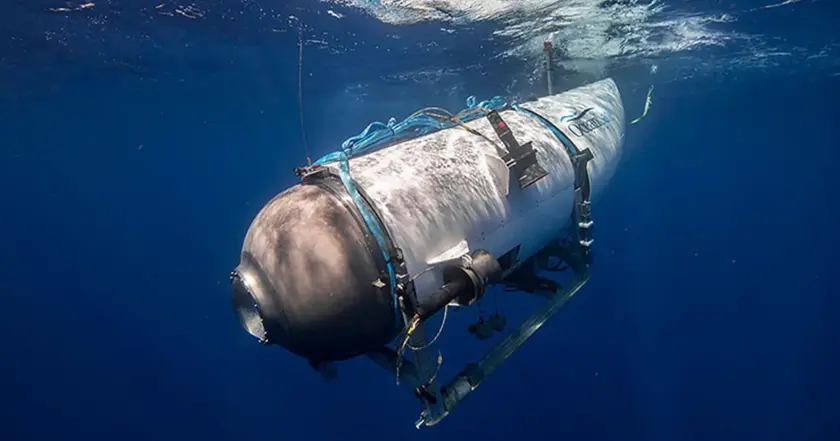
Coast Guard report calls Titan implosion preventable
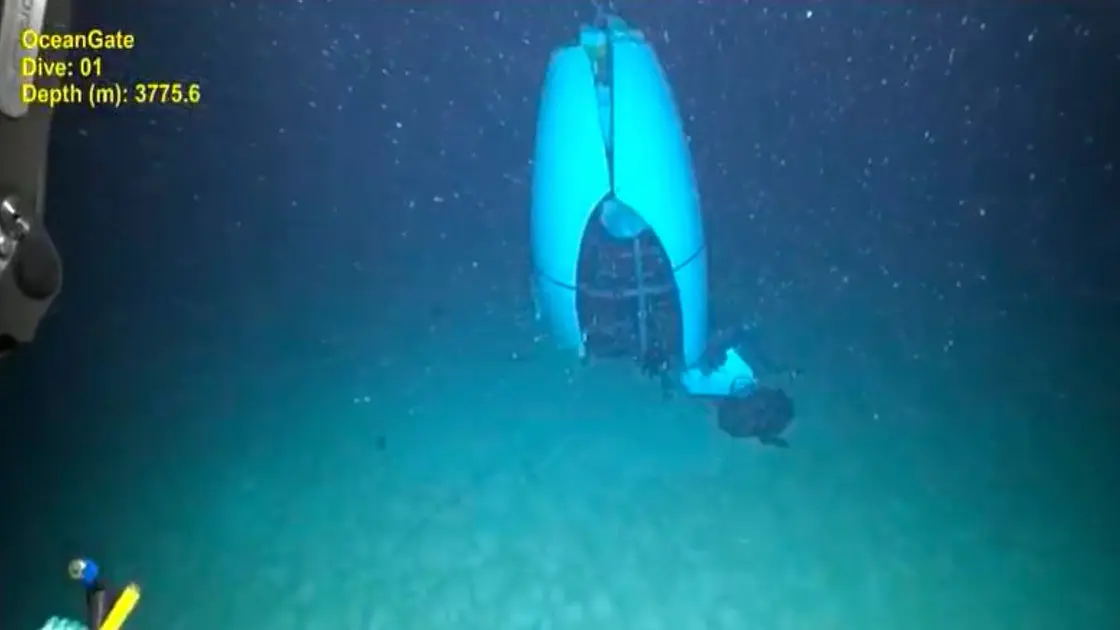
Report criticizes OceanGate CEO for submersible tragedy
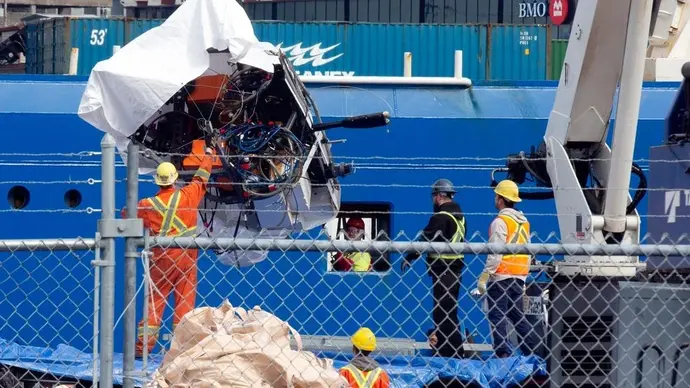
Titan tragedy attributed to safety negligence
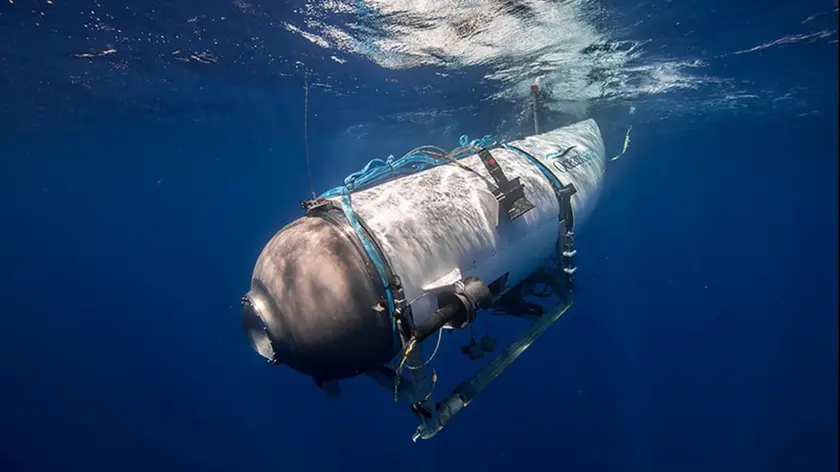
OceanGate safety report issues damning findings
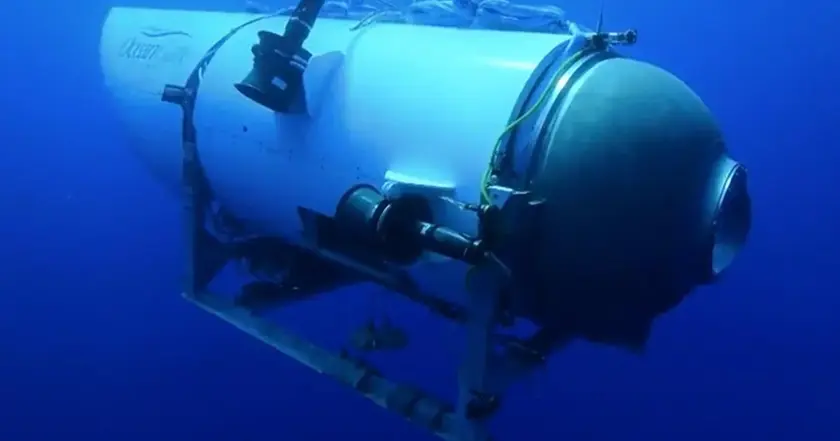
Coast Guard findings reveal failure in OceanGate safety practices
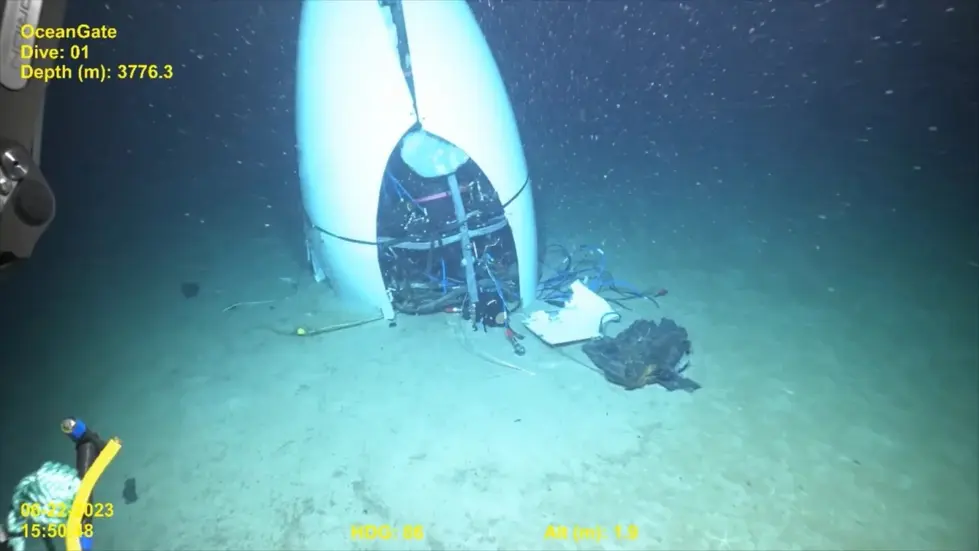
Coast Guard report states Titan sub deaths were preventable
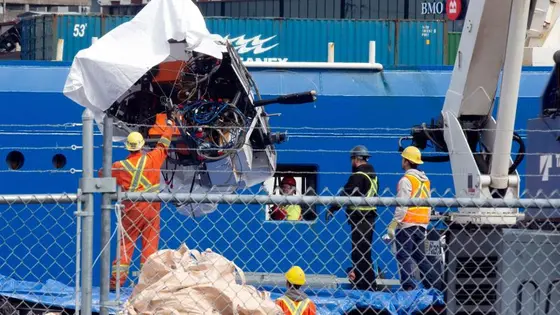
Titan submersible tragedy found preventable
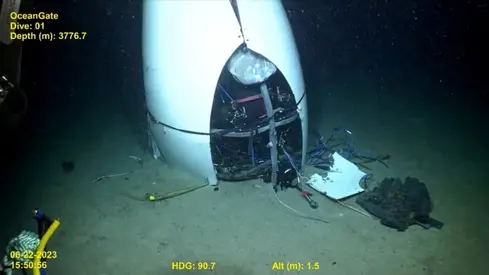
Negligence cited in Titan submersible tragedy
